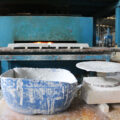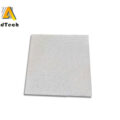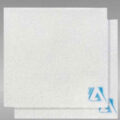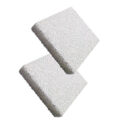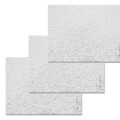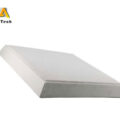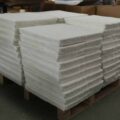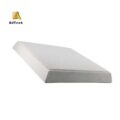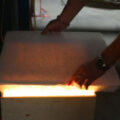Reticulated Foam Filter is mainly used for purification of molten aluminum outside the furnace. These are three aluminum melt purification methods: Glass Cloth Filtration, Ceramic Filter Filtration, Foam Ceramic Filter filtration. Ceramic foam filters are used widely in the aluminum foundry.
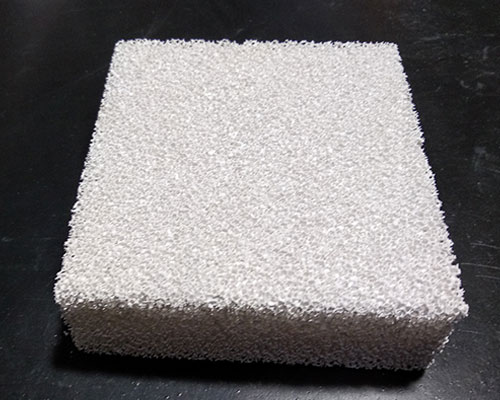
Reticulated Foam Filter
Reticulated Foam Filter
Glass Cloth Filter
Glass cloth filtration of aluminum melt has been widely used in foreign countries. This method is to let the melt pass through the glass cloth filter, so that the inclusion is mechanically blocked and filtered. The size of the filter screen is usually 0.6 mm *0.6 mm * 1.7 mm, which can be placed in any melt passing position between the static furnace and the crystallization tank. However, the glass cloth can only remove large size inclusions, and it is invalid for small inclusions and can only be used once.
Ceramic Filter Filtration
Corundum microporous ceramic tube filtration device is equipped with several ceramic filter tubes with outer diameter of 100 mm, inner diameter of 60 mm and length of 500 ~ 900 M. The impurities in the melt are blocked and lowered by the way of different sizes and tortuous channels of ceramic tubes, and the impurity particles in the melt are filtered out by the adsorption and van der Waals force on the surface of the medium. 20 mesh corundum micro ceramic tube can remove more than 5 μ m impurity particles, and 16 mesh corundum micro ceramic tube can filter 8 ~ 10 μ m impurity particles. Ceramic pipe can pass 300 ~ 600 tons of liquid aluminum. The ingot melt of forging and beverage can sheet should be purified by this method.
Ceramic Foam Filter
Ceramic foam filter is a new type of ceramic filtering material developed in recent years. Generally made into 50 thick, 200 ~ 600mm long and wide filter plate, porosity up to 0.8-0.9. When the foam ceramic plate filters the aluminum liquid, the aluminum liquid flows through the tortuous holes of the ceramic plate, and the inclusion particles are trapped on the inner surface of the hole and the crack cavity of the ceramic plate due to the combined action of the axial pressure of the aluminum flow, friction force and surface adsorption force, so as to separate the inclusion particles from the liquid aluminum. After a period of time, the residue retained on the ceramic plate also participated in the adsorption and retention of the residue. The adsorption and retention capacity of the ceramic plate is far greater than that of the ceramic plate, which makes it possible for the ceramic filter plate to filter out the slag much smaller than its own hole.
Generally speaking, the thicker the ceramic foam filter plate, the smaller the eye, and the slower the flow rate of liquid aluminum through the ceramic foam filter, the better the filtration effect. The total amount and cleanliness of liquid aluminum do not affect the filtration effect, only affect the service life of ceramic plate. Generally, the filtering device with foam ceramic plate is placed directly on the splitter plate, similar to that of glass cloth filtration. Before casting, the ceramic plate should be preheated to about 600 degrees. Because the ceramic plate is hard and brittle with poor thermal conductivity, the initial addition should be slow. When the preheating temperature is above 200 ℃, the heating speed can be increased. Otherwise, the ceramic plate is easy to be broken.

